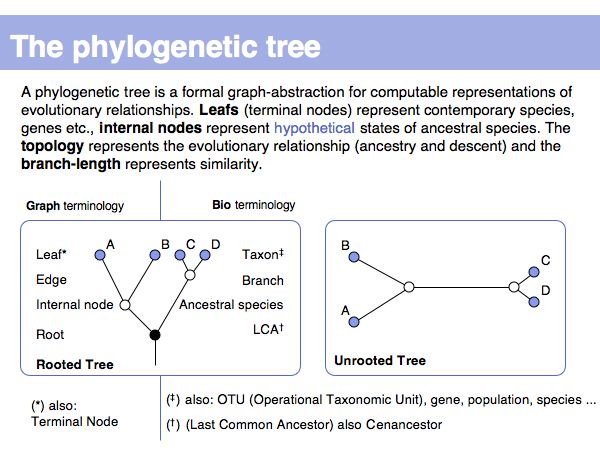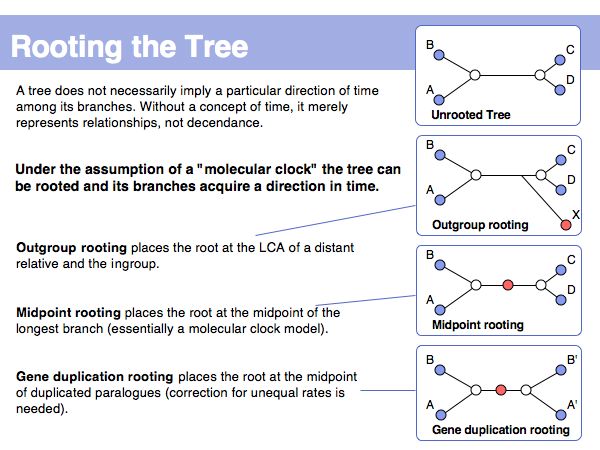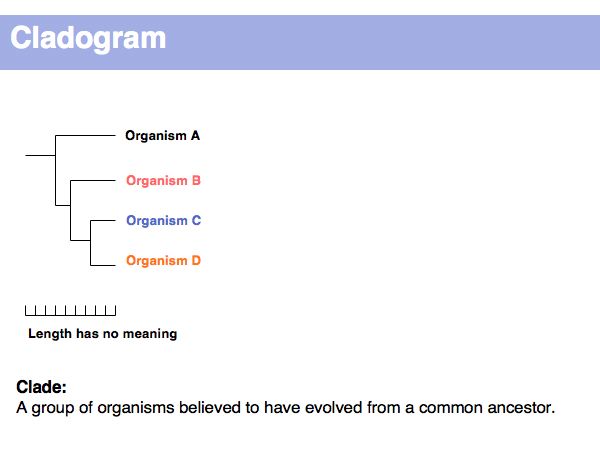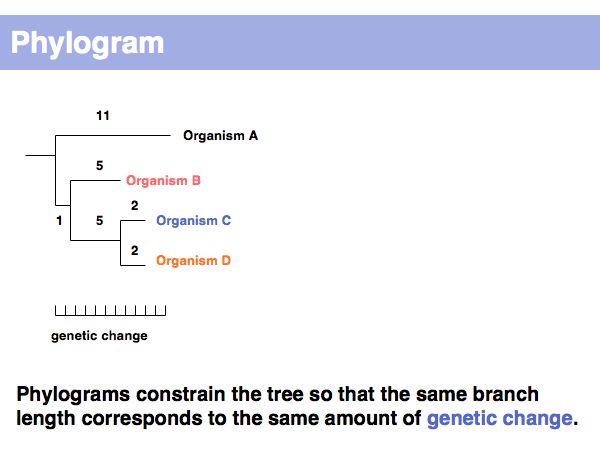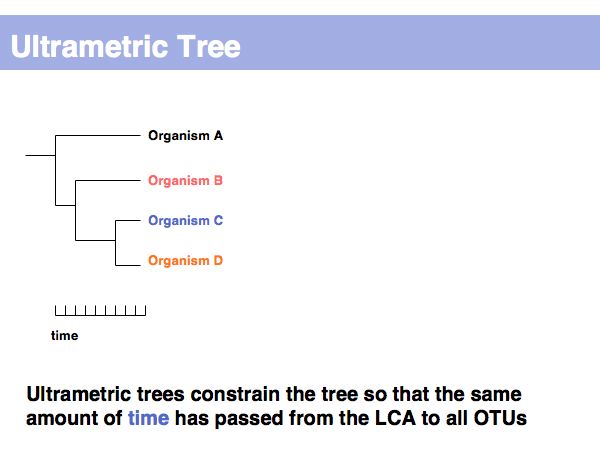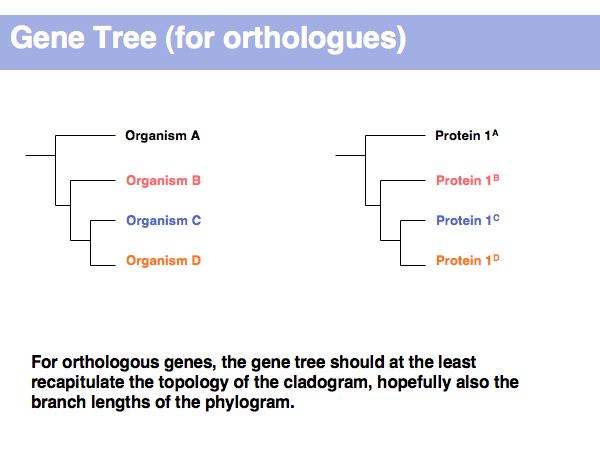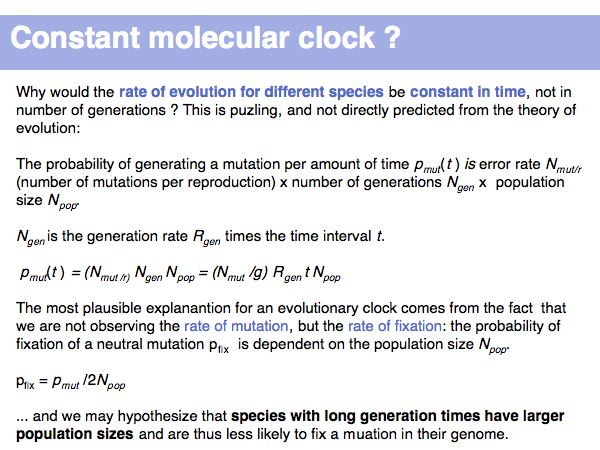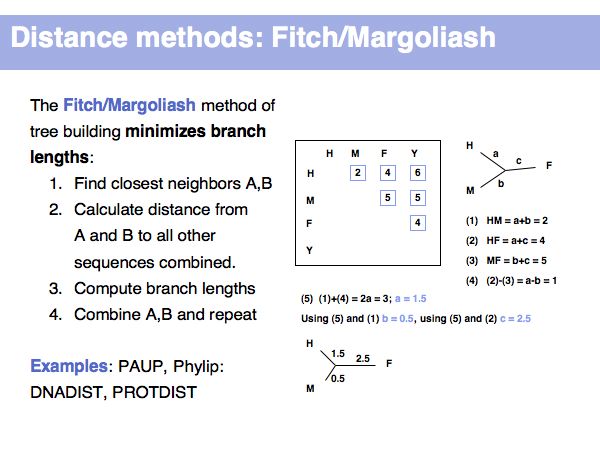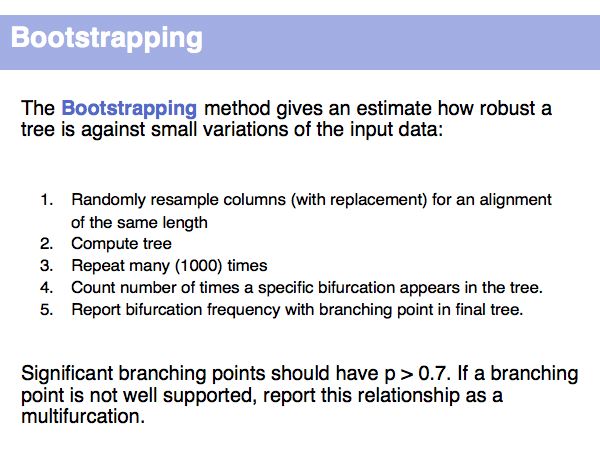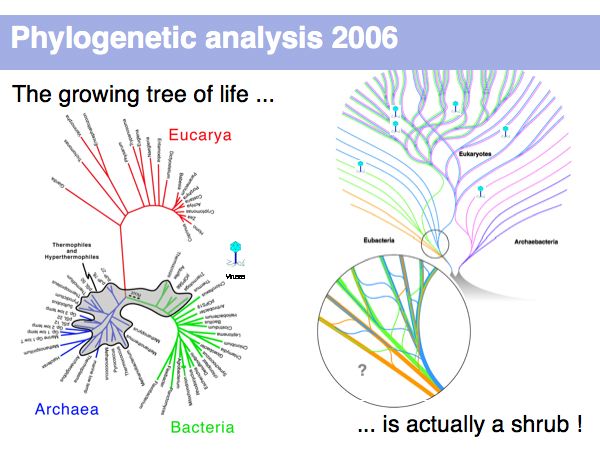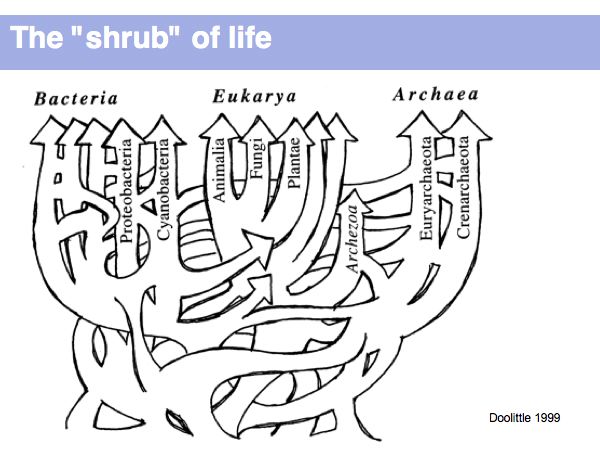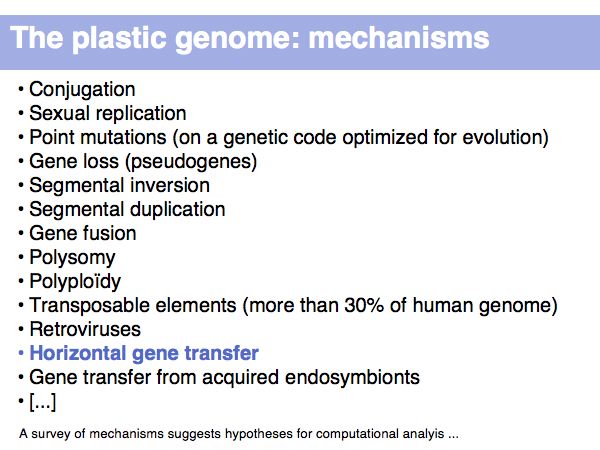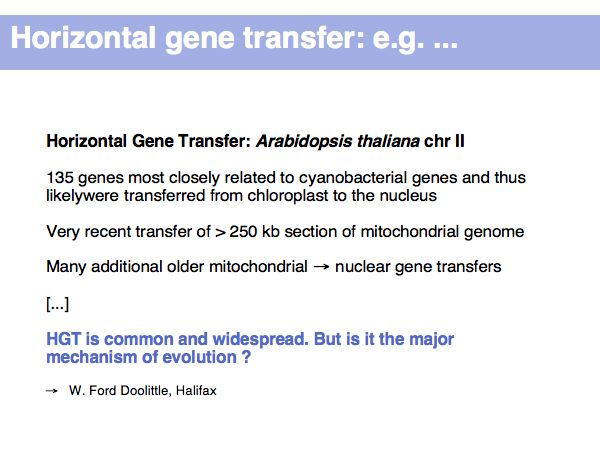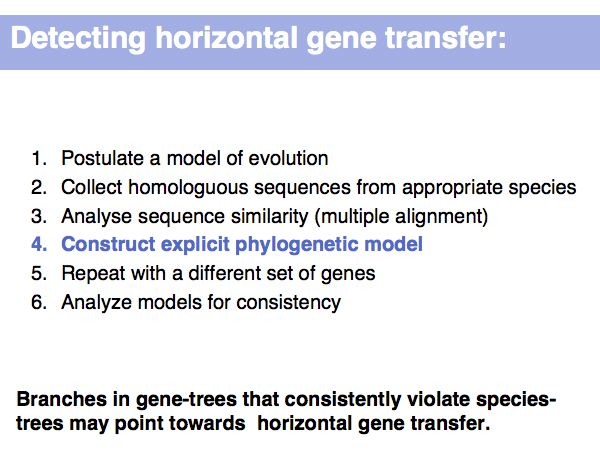Difference between revisions of "Lecture 17"
Jump to navigation
Jump to search

| Line 107: | Line 107: | ||
======Slide 023====== | ======Slide 023====== | ||
[[Image:L17_s023.jpg|frame|none|Lecture 17, Slide 023<br> | [[Image:L17_s023.jpg|frame|none|Lecture 17, Slide 023<br> | ||
| + | Genomes are and always have been exquisitly plastic, malleable entities. That we have long thought this not to be the case is a consequence of our limited personal experience and anthropocentric world view. | ||
| + | ]] | ||
| − | |||
======Slide 024====== | ======Slide 024====== | ||
[[Image:L17_s024.jpg|frame|none|Lecture 17, Slide 024<br> | [[Image:L17_s024.jpg|frame|none|Lecture 17, Slide 024<br> | ||
Revision as of 19:03, 28 November 2006
(Previous lecture) ... (Next lecture)
Phylogenetic Analysis
...
Add:
- Summary points
- Exercises
- Further reading
Lecture Slides
Slide 001
Slide 002
Slide 003
Slide 004
Slide 005
Slide 006
Slide 007
Slide 008
Slide 009
Slide 010
Slide 011
Slide 012

Lecture 17, Slide 012
Usually, analysis of confidence implies a "bootstrapping" procedure: rerun the analysis many times with partial data and analyze which features of the tree (branching order -> topology!) are well conserved, and which ones depend critically on unreliable features of the input data.
Usually, analysis of confidence implies a "bootstrapping" procedure: rerun the analysis many times with partial data and analyze which features of the tree (branching order -> topology!) are well conserved, and which ones depend critically on unreliable features of the input data.

